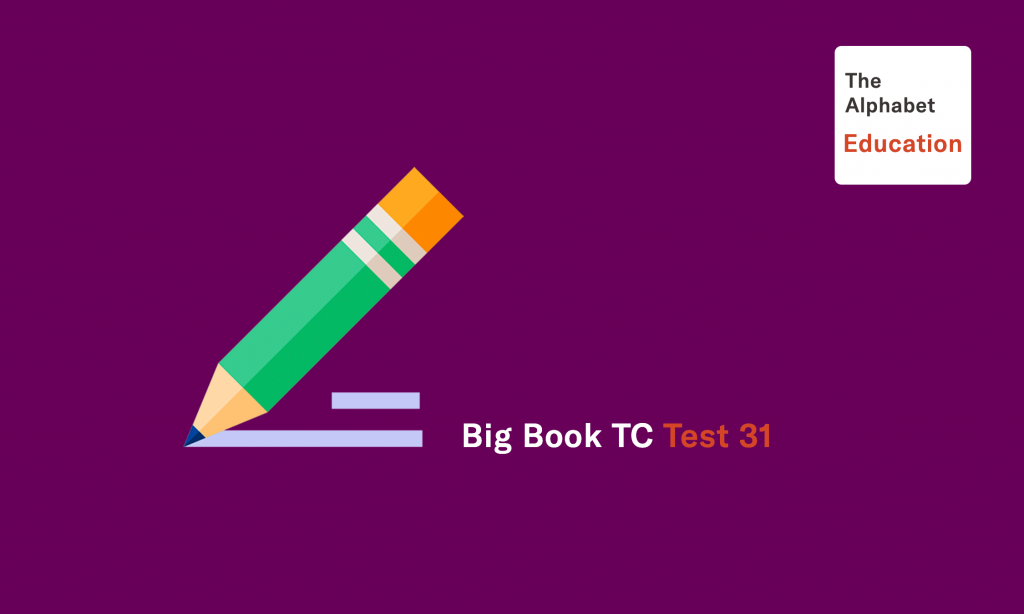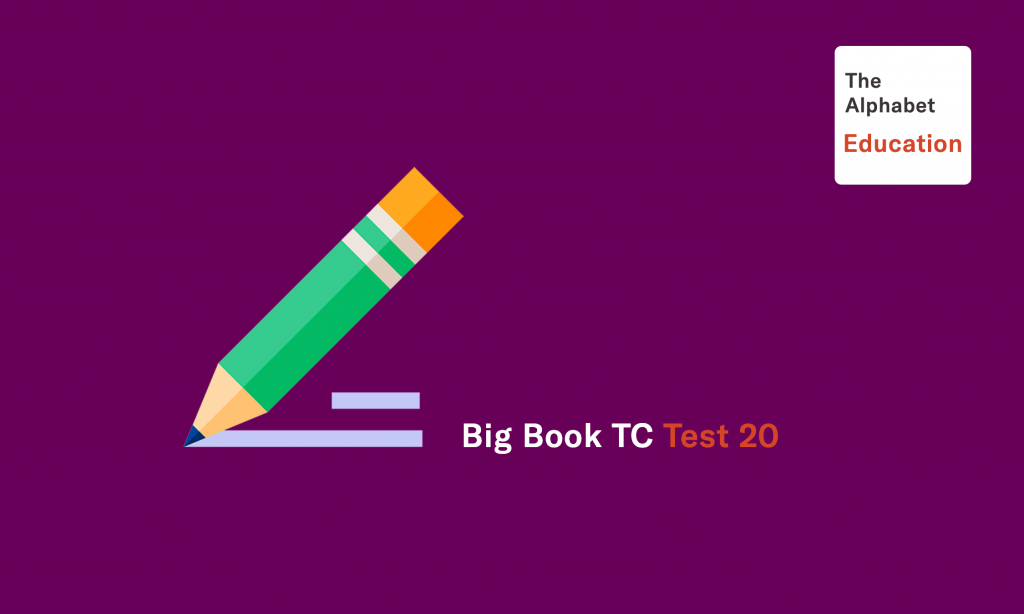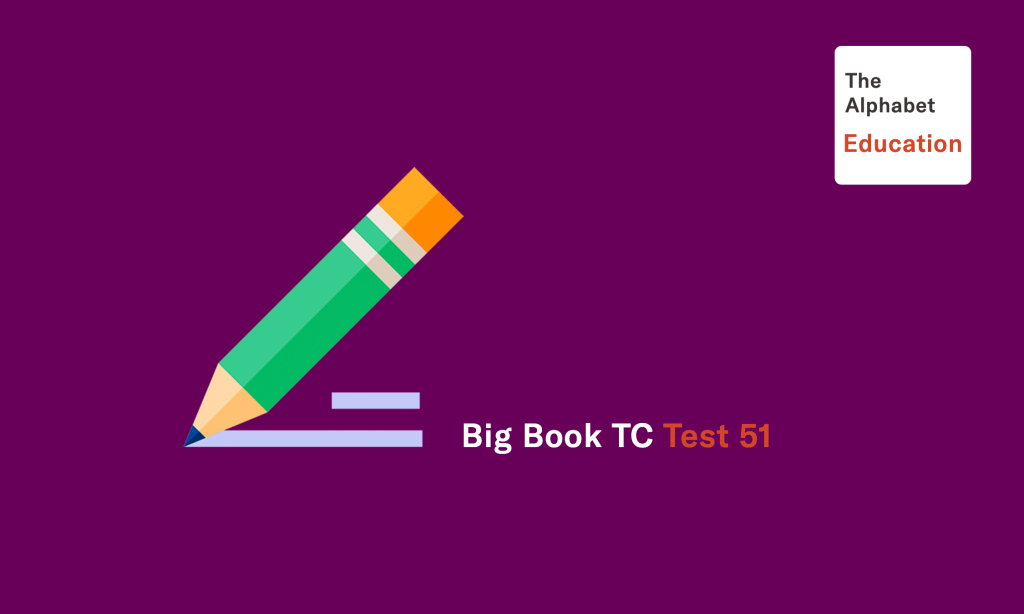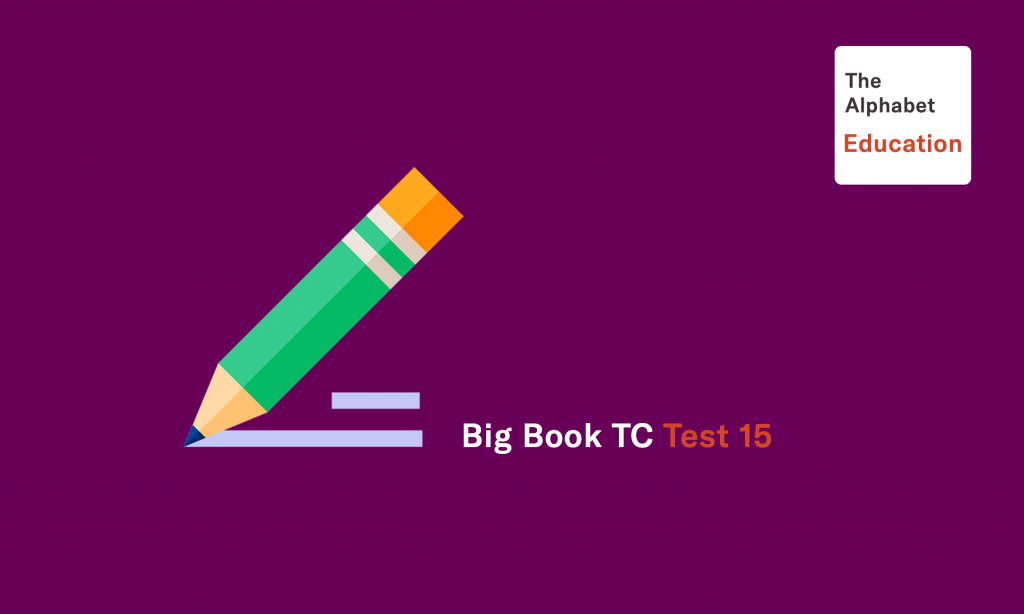GRE Critical Reasoning
Critical Reasoning questions test the ability to understand, analyze, and evaluate arguments. Some of the abilities tested by specific questions include identifying the roles played by specific phrases or sentences in an argument, recognizing the point of an argument, recognizing assumptions on which an argument is based" drawing conclusions and forming hypotheses, identifying methods of argumentation, evaluating arguments and counter-arguments, and analyzing evidence.
Each of the Critical Reasoning questions is based on a short argument, a set of statements, or a plan of action. For each question, select the best answer of the choices given.
The average after-tax income for a household was 2.4 percent higher in 1983 than in 1982. At the same time, average after-tax income declined for house-holds at the lower- and middle-income levels.
#1
A study of attitudes toward new cars showed that cars that were identical in every respect except color received widely differing ratings for quality from potential buyers. Therefore, in future advertisements for cars of high quality, we can expect to see no variety in the color of car featured.
#2
Sometime during the 1950’s, rock music permanently ousted jazz from the music scene. This is evident from the behavior of youths of that time. In crowded nightclubs they would applaud rock acts enthusiastically. But when a jazz act began, they went outside and got refreshments. They came back in only when the jazz set was finished.
#3
Persons imprisoned for violent street crimes often commit the same crimes again after being released. Persons imprisoned for white-collar crimes such as receiving bribes or embezzlement, however, typically do not, after being released, repeat the crimes for which they have been imprisoned. It is fair to conclude that imprisonment, while it often fails to change the behavior of violent street criminals, does succeed in making white-collar criminals unwilling to repeat their crimes.
#4
Industrial solvents, which can damage the liver, kidneys, and nervous system, often drain into public water supplies. Currently, tested water is considered pure if the amount of solvent an individual is exposed to through drinking one-half gallon of water per day-roughly what a typical adult drinks per day-does not pose a significant threat to human health. But many toxicologists claim that the standard set by this method does not adequately protect the public.
#5
Many behavioral studies of the psychological capacities of animals reveal hardly any difference between rats and chimpanzees. The most reasonable explanation for such results is that the studies themselves are inadequate.



